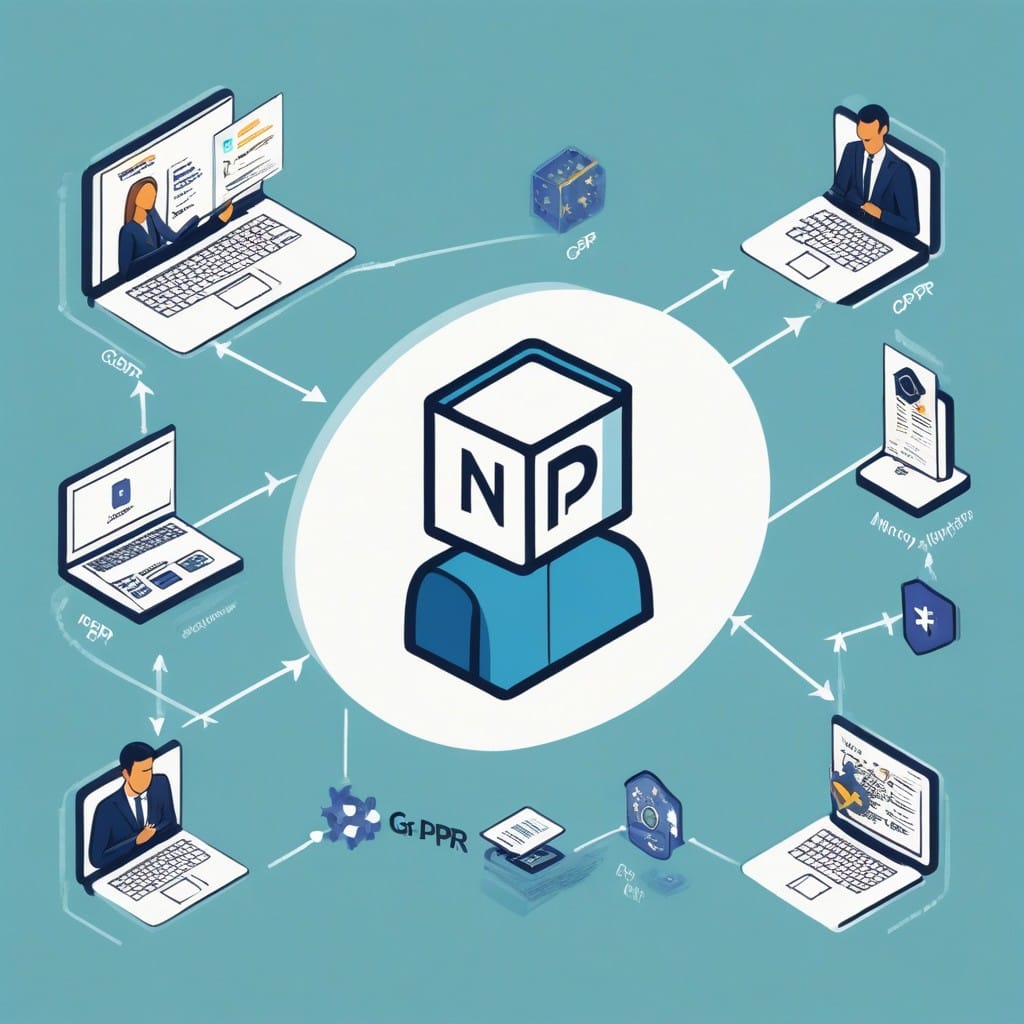n8n Workflows for GDPR-Compliant Data Anonymization Techniques

In today’s data-driven world, ensuring compliance with regulations like the General Data Protection Regulation (GDPR) is critical for businesses handling personal data. One of the key requirements under GDPR is data anonymization—a process that transforms personal data so individuals cannot be identified. Automating this process can save time, reduce errors, and ensure consistency.
n8n, a powerful workflow automation tool, can help streamline GDPR-compliant data anonymization. In this post, we’ll explore how to design n8n workflows to anonymize data effectively while maintaining compliance.
Why Use n8n for Data Anonymization?
n8n is a flexible, open-source automation platform that allows users to connect various apps and services to create custom workflows. Its node-based interface makes it easy to design complex data processing pipelines, including those for GDPR compliance.
Key benefits of using n8n for data anonymization include:
- No-code/Low-code Approach: Non-technical users can build workflows without deep programming knowledge.
- Integration Capabilities: Connect to databases, APIs, and third-party tools for seamless data processing.
- Customizable Logic: Apply specific anonymization rules tailored to your compliance needs.
GDPR-Compliant Anonymization Techniques
Before diving into n8n workflows, let’s review common GDPR-compliant anonymization techniques:
- Pseudonymization: Replacing identifiable data with artificial identifiers (e.g., replacing names with random IDs).
- Data Masking: Obscuring parts of data (e.g., showing only the last four digits of a credit card).
- Generalization: Reducing data precision (e.g., converting exact ages to age ranges).
- Data Deletion: Removing unnecessary personal data entirely.
Building an n8n Workflow for Data Anonymization
Here’s a step-by-step guide to creating an n8n workflow for GDPR-compliant anonymization:
Step 1: Retrieve Data from a Source
Start by fetching the data you need to anonymize. This could be from:
- A database (PostgreSQL, MySQL)
- An API (REST, GraphQL)
- A file (CSV, JSON)
Example: Use the PostgreSQL node to query a database for user records containing personal data.
Step 2: Apply Anonymization Logic
Next, use n8n’s Function or Code nodes to apply anonymization techniques.
Pseudonymization Example:
javascript
// Replace 'name' with a random UUID
return {
...$input.all()[0],
name: require('uuid').v4()
};
Data Masking Example:
javascript
// Mask email addresses (e.g., "user@example.com" → "u***@example.com")
const email = $input.all()[0].email;
const maskedEmail = email.replace(/(?<=.).(?=[^@]*?@)/g, '*');
return { ...$input.all()[0], email: maskedEmail };
Step 3: Store or Export Anonymized Data
After processing, save the anonymized data to a secure location:
- A different database table
- A cloud storage service (S3, Google Drive)
- An encrypted file
Example: Use the Google Sheets node to write anonymized records to a new spreadsheet.
Step 4: Log and Audit the Process
GDPR requires documentation of data processing activities. Use n8n’s Webhook or HTTP Request node to log anonymization events to an audit system.
Best Practices for GDPR Compliance
- Minimize Data Collection: Only anonymize data that’s necessary.
- Secure Storage: Ensure anonymized data is stored securely with access controls.
- Regular Reviews: Periodically audit workflows to ensure continued compliance.
Final Thoughts
Automating GDPR-compliant data anonymization with n8n reduces manual effort while ensuring regulatory adherence. By leveraging pseudonymization, masking, and other techniques, businesses can protect user privacy without sacrificing operational efficiency.
Ready to implement? Start by experimenting with simple n8n workflows and gradually expand to more complex scenarios. With the right approach, you can turn compliance into a seamless part of your data strategy.
Have you used n8n for GDPR compliance? Share your experiences in the comments!



